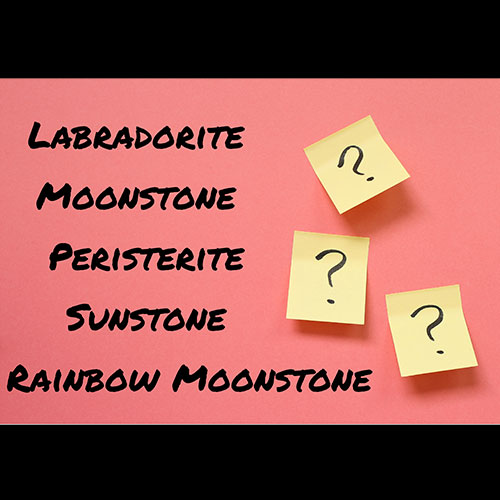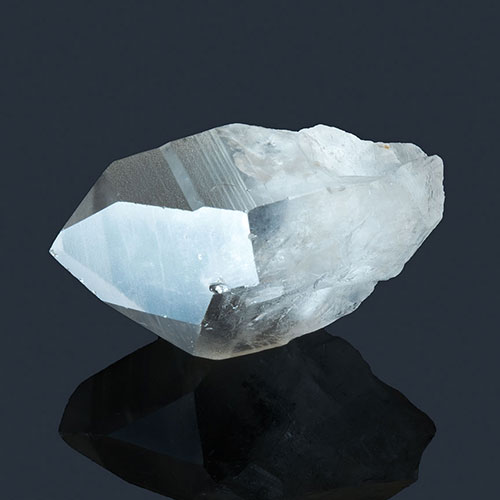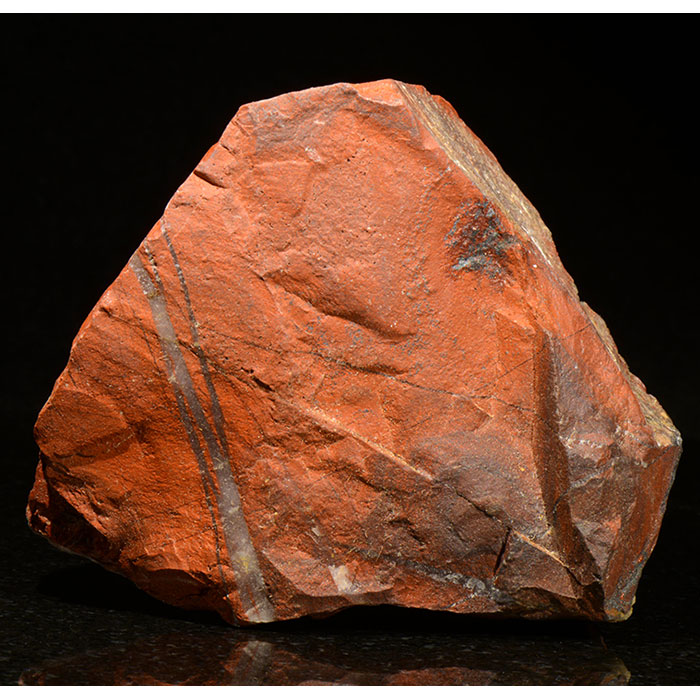What is Mudstone?

How Does Mudstone Form?
Mudstone is a fine-grained sedimentary rock made up of mud and clays. Grains are so fine they can only be seen under a microscope.
Mudstone forms through a series of geological processes primarily within environments such as lakes, river deltas, floodplains, and marine basins.
This is how mudstone forms:
Weathering and Erosion:
The formation of mudstone begins with the weathering and erosion of pre-existing rocks. Weathering breaks down rocks into smaller particles, while erosion transports the particles by natural forces such as water, wind or ice to new locations.
Transportation: Fine-grained sediment particles including clay and silt, are transported by water currents in rivers or streams or by wind to new environments such as lakes, river deltas or the ocean floor.
Deposition: In the new environments, the sediment particles settle and accumulate layer by layer over time. This process of sediment deposition leads to the gradual buildup of sedimentary layers.
Compaction: As additional layers of sediment accumulate, the stack's weight exerts pressure on the lower layers. This causes the sediment grains to compact, reducing spaces between them.
Cementation: Over time, minerals dissolved in groundwater can precipitate and fill the remaining spaces between the compacted sediment grains. The minerals, which often include calcite, quartz, or clay minerals, act like cement and bind the sediment grains together. This transforms the loose sediment into solid rock.
Lithification: The combined processes of compaction and cementation lead to lithification, which is the transformation of loose sediment into solid rock. In the case of mudstone, the fine-grained sediment (mostly clay and silt) is compacted and cemented together into a solid mass of rock.
Diagenesis: Mudstone may change further during a process known as diagenesis. This involves alterations in mineral composition and texture due to increasing pressure, temperature, or chemical reactions within the Earth's crust.
Through the steps of sedimentation, compaction, cementation, and lithification, mudstone ultimately forms a fine-grained sedimentary rock. It's typically characterised by its smooth texture, fine layers, and predominantly clay and silt composition.
What is Weathering?
Weathering is when the physical and chemical properties of rocks and other materials are altered by exposure to the elements.
Physical Weathering:
Physical weathering involves the mechanical breakdown of rocks into smaller pieces without changing their chemical composition. This may happen as water freezes and thaws in cracks or when rocks smash against each other while being carried in fast-moving water.
Chemical Weathering:
Weathering involves the alteration of the chemical composition of rocks through reactions with substances like water, acids, and oxygen. An example of chemical weathering is acid from rainwater dissolving certain minerals in a rock, which causes the rock's structure to break down.
Biological Weathering:
Organisms like plants, animals, and microbes can contribute to the breakdown of rocks through physical or chemical means. An example could be tree roots growing into cracks, which eventually cause the rock to break apart.
Weathering is a natural process that plays an important role in shaping Earth's surface. It's an ongoing process that will continue for millions of years. As a result of weathering, new rocks, minerals and soils form and new landscapes take shape.
Once materials are broken down they're transported by erosion.
Mudstone typically forms in environments where sediment is deposited relatively slowly. The slow deposition of sediment allows clay-sized particles to gradually build up. Over millions of years it hardens into rock.
Sedimentary rock always forms in layers. The layers, known as 'beds' or 'strata', are its most prominent feature.
Mudstone is typically a fine-grained dense rock that breaks quite easily. It can range in colour from black to dark grey to yellowish-brown.
Mudstone often contains fossils which can provide important information about the environment in which the rock formed.
With mudstone being composed mostly of clay minerals, it's relatively soft.
NASA's Curiosity rover has drilled into mudstone on Mars.
Article Photo
The mudstone in our photograph, which is at least ninety million years old, is courtesy of James St. John. The image is clickable and redirects to the original photo.









